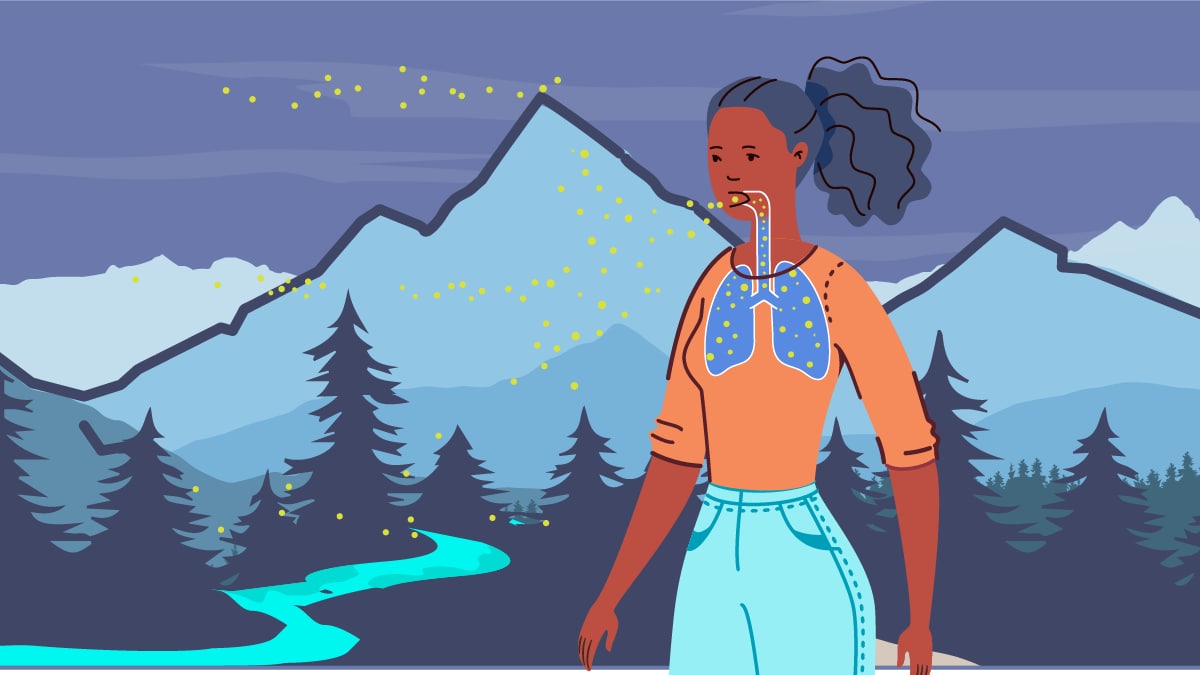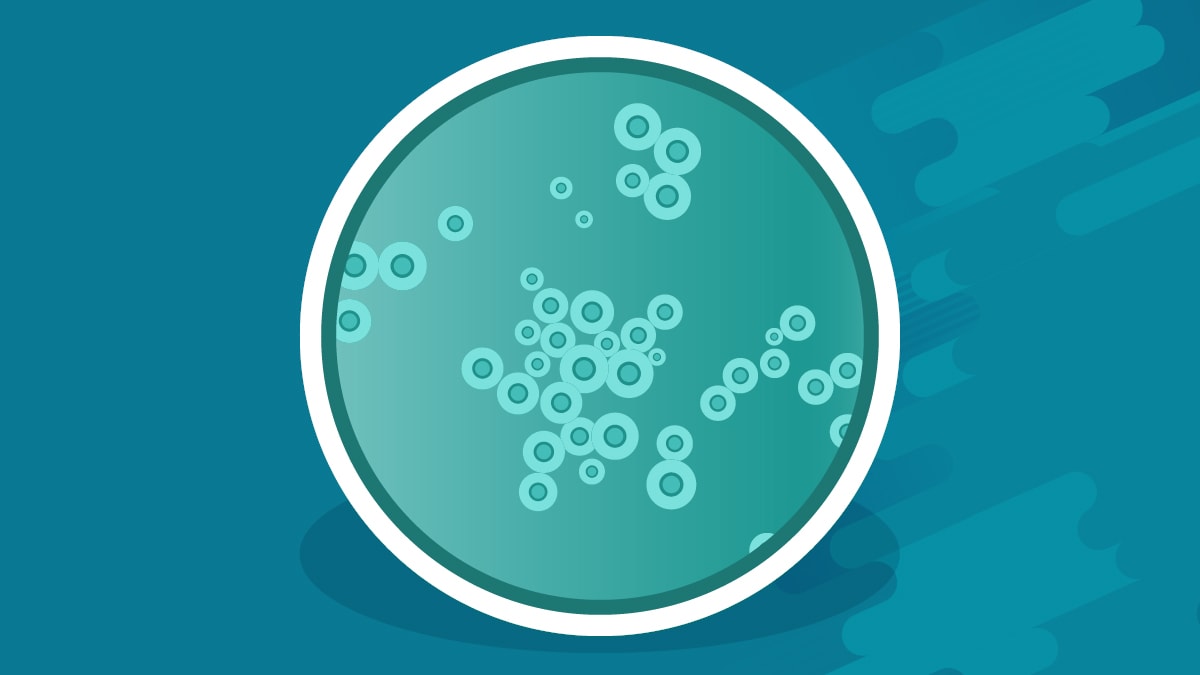Key points
- Cryptococcus is found in many sources in the environment, including in soil, bird dung, decaying wood, and on trees.
- Humans and animals can get cryptococcal infections after inhaling spores in the air.
- Cryptococcus usually infects the lungs or brain.
- Cryptococcosis does not spread between people or people and animals.

How it spreads
Transmission
Cryptococcus is found in the environment, including soil, bird dung, decaying wood, and some trees. Humans and animals can get infected after inhaling fungal spores from the environment. Cryptococcal infections cannot spread between people or between people and animals.
Areas with C. neoformans and C. gattii
Two species of Cryptococcus cause most infections: C. neoformans and C. gattii.
C. neoformans lives in the environment throughout the world. C. gattii mostly lives in tropical and subtropical areas of the world. C. gattii is still found in some cooler climates like mainland British Columbia, Vancouver Island, Oregon, Washington, and California. C. gattii may live in other parts of the U.S.

Lifecycles
Humans and animals can become infected with Cryptococcus after inhaling spores in air. Cryptococcus travels through the airway and enters the lungs.
The body's temperature allows Cryptococcus to transform into its yeast form. The cells grow thick outer layers to protect themselves. The yeasts then divide and multiply by budding. After infecting the lungs, Cryptococcus can travel through the bloodstream to infect other areas of the body, such as the brain.
